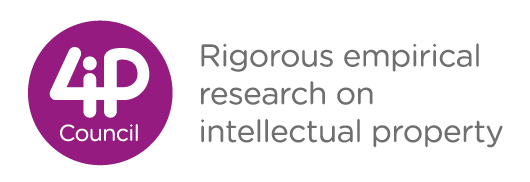4 Reasons 4 Design Rights
Design rights are one of several intellectual property rights. They are exclusive rights that protect the appearance of a product, or a part of it, provided it is new and has individual character that sets it apart from any pre-existing designs that could be known about (however old). Businesses register designs to strengthen their competitive advantage, prevent work from being copied and build assets for value creation.
This means that the absence of design protection can be detrimental on those dimensions.

4iP Council developed the original version of this interactive guide in cooperation with eminent academics and experts to share best practice and deepen understanding of the value of design registration. Original source: 4 Reasons 4 Design Rights | 4iP Council
